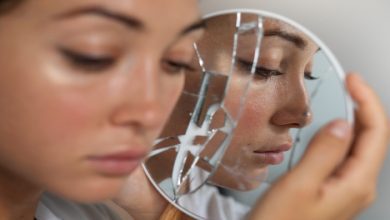By Dr. Leow Aik Ming
The midface is an essential component of an attractive face. With the aging process, fat tissue that normally drapes over the cheekbones begins to droop with gravity. Due to the laxity of the skin and lack of subcutaneous supports of the midface, the fat of the lower eyelid and upper cheek begins to droop. The result is less prominent cheek volume, hollowness under the eye (tear trough area), redundant skin and excess fat at lower eyelids and prominent folds between the cheek and nose (nasolabial fold). Sagging cheek fat can also alter the appearance of the lower cheek. In addition to these changes, there is also volume loss from the cheek with aging resulting in loss of cheek fat and muscle.
Midface lift (cheek lift) is a cosmetic surgical procedure that is performed either alone or in combination with other procedures to rejuvenate the areas around the cheek and lower eyelids. The goal is to reposition the sagging fat of the cheek over the cheekbone and to restore the cheek volume. The droopy cheek tissue can be lifted up over the cheekbone restoring the more prominent youthful contour, improving the lower eyelid-cheek junction including tear trough area and softening the undesirable cheek fold.


Ideal Candidates for Midface Lift:
The midface lift is often appropriate for patients who are generally looking to improve droopiness and puffiness in the cheeks or beneath the eyes or hollowing in the cheeks. For those who are not yet ready for a full facelift, this is an excellent, less invasive option which can provide a very natural, often subtle result. Patients should also be in good general health and have realistic expectations for improvement. It’s important to understand that the midface lift is not a replacement for a full facelift. Some candidates may be better candidates for a traditional full facelift if they are looking to address significant excess or sagging skin on the outer face, neck and jawline.
Postoperative Expectations for Midface Lift:
Bruising and swelling are common after midface lift, both in the midface area and around the eyes. They typically resolve within seven to ten days after the surgery. Discomfort can be managed with pain medication. The smile may appear unnatural at first due to over-correction of the cheek pad, but this settles into a more natural position gradually with time. The final results are usually seen after two to three months. Most patients feel well enough to return to work and other activities after about two weeks.


